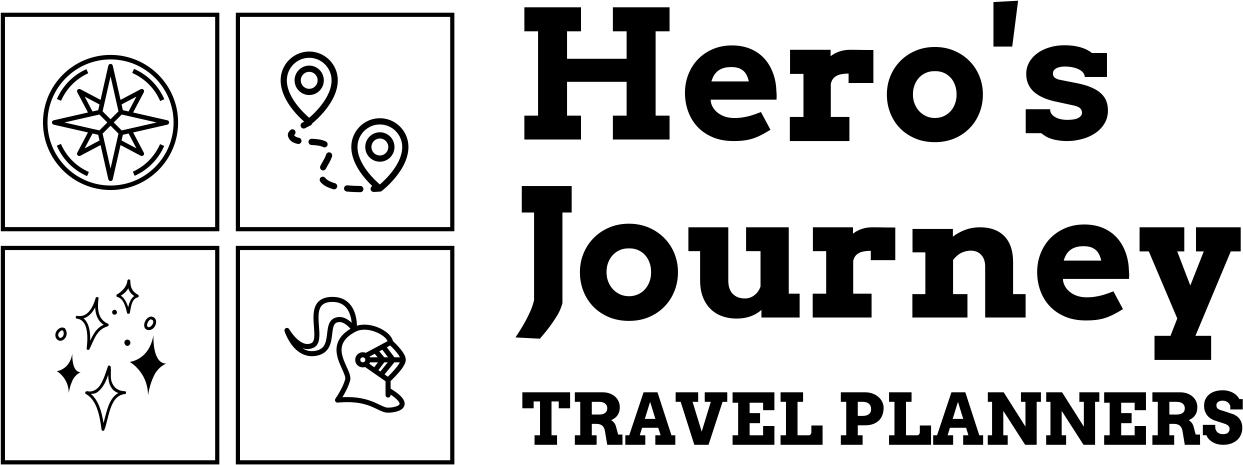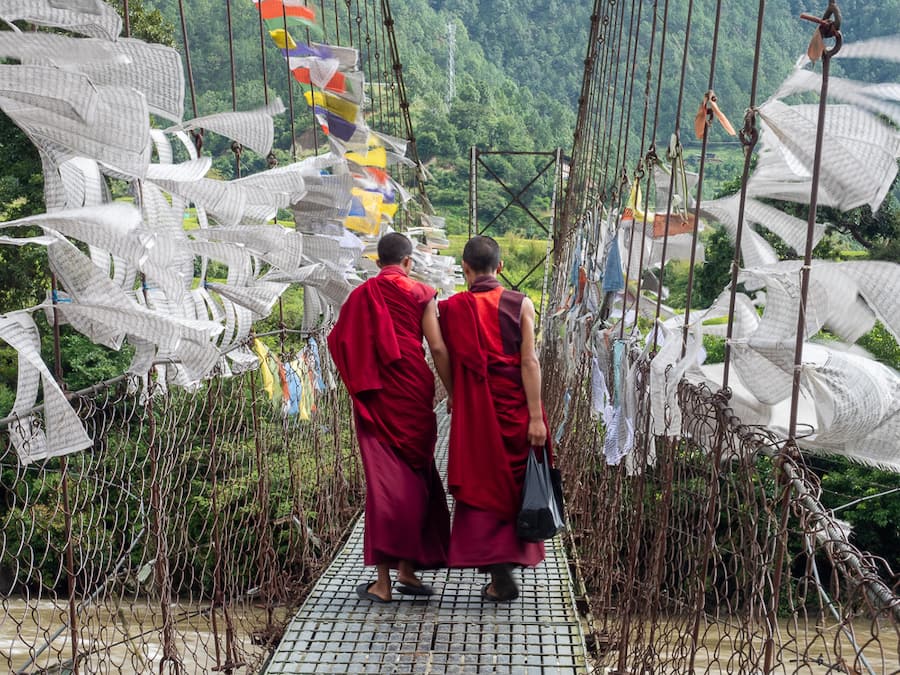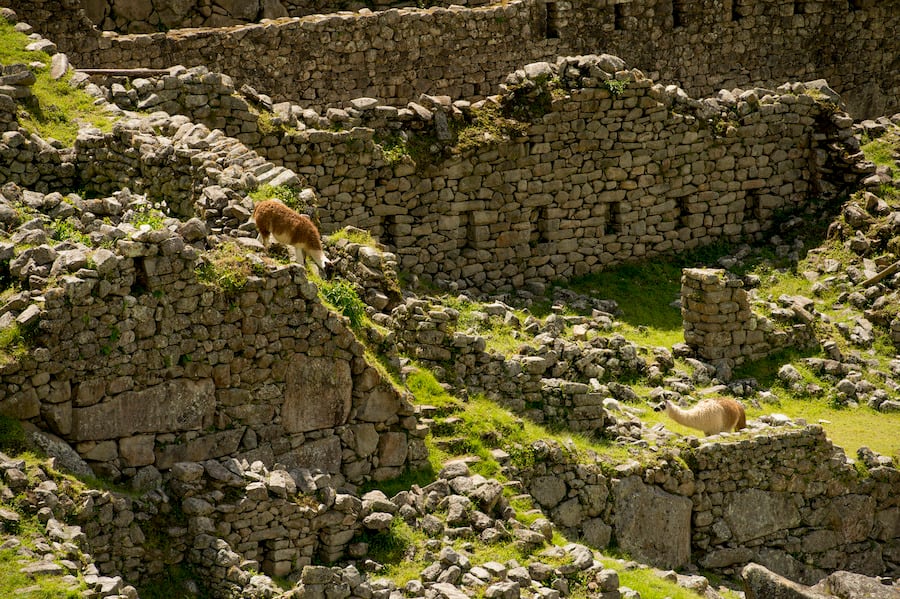
Q&A: 3 Real-Life Indiana Joneses, National Geographic Archaeologists Share Adventurous Stories
Originally published at Disney Parks News
If you’re an Indiana Jones fan (who isn’t?), here’s a look at where you can go with National Geographic Expeditions to travel like Indy. You can also discover some of the amazing wonders of the world alongside the real-life Indiana Joneses — aka the archaeologists and educators searching for new discoveries and preserving history around the globe!
Just think – you could witness prehistoric cave art in Spain and France, experience the rich culture and history of Morocco or learn about ancient Egyptian practices from an expert who has spent a good portion of their career literally digging into that subject matter.
We got to connect with three of our current National Geographic Experts: Ana Pinto, William Saturno, and Magen O’Farrell. Believe me, their lives and archaeological work is just as exciting as it sounds! Here is what they had to say:
Ana Pinto, Anthropologist, and Archaeologist
Q: What inspired you to be an archaeologist?
When I was young, I wanted to be one of those commanding Jules Verne characters – boldly undertaking amazing world adventures. Years later, I was starting on my PhD in cultural anthropology when the Atapuerca team landed in our university, and that was the turning point for me. I completed the specialization for Prehistory and Archaeology, and I haven’t looked back (or up) ever since.
Q: Tell us about your favorite project.
Undoubtedly, my favorite project is my own site: the Sopeña rock shelter in the mountains of northern Spain. I discovered that site, am the excavation director and the principal investigator of the research project. National Geographic Society has funded the excavation season at Sopeña on two different occasions, which makes me very proud.
Q: What National Geographic Expeditions have you been on / are you going to be on?
From its creation, I have been a National Geographic Expert on the Human History: Northern Spain and Southwest France Expedition. Starting in Atapuerca, we move northwards to visit all the main prehistoric rock art caves in Spain and France. This itinerary was designed by the famous Dr. Donald Johanson, one of the greatest archaeologists and palaeoanthropologists of our time, and the discoverer of Lucy the Australopithecus. Believe me, I never get tired of seeing those wondrous rock art caves (that are part of the expedition experience). I feel really privileged and doubt that many archaeologists have ever had the chance of visiting them as often as I have.
Q: What is your favorite part of traveling with others and sharing your insights on an expedition?
When people choose to travel with National Geographic, it says that they are passionate about exploration, research, knowledge, and all the wonders of the planet. I share my passion with them, and they really enjoy it. It is very fulfilling for me to see others’ understanding of complex scientific methods.
Q: Why (in your opinion) should people consider traveling with an archaeologist?
We, archaeologists, build a story with what very little remains of the past we have, but this story is always relative to something true, and it keeps changing as new techniques develop. When traveling with an archaeologist, you not only get “the story,” but you also get all the “ifs” which fills your experience with so much more depth and understanding.
Q: What is your favorite “Indiana Jones” movie?
I love all the “Indiana Jones” movies. The settings are great. The plot is fantastic. And adventure, exploration, and discovery are all a large part of them. Perhaps “Raiders of the Lost Ark” is my favorite. As an archaeologist, I have always found it very funny that Indy’s main professional tool is the whip instead of, say, the sieve.
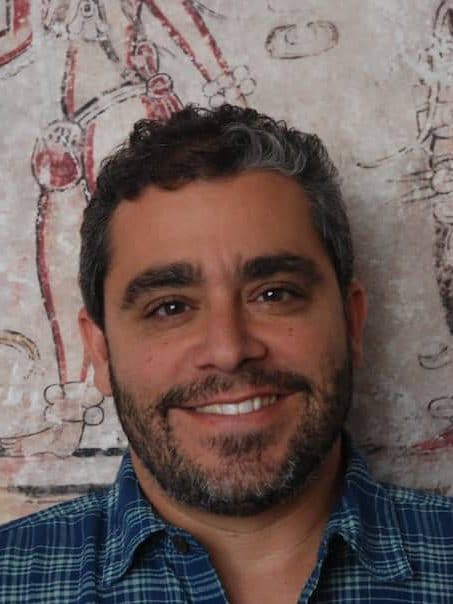
William Saturno, Archaeologist, and Educator
Q: What inspired you to be an archaeologist?
My inspiration to be an archaeologist is a bit of a tough one to pin down, mainly because it was one of the first things I ever wanted to be. My first actual excavations took place at the University of Arizona Field School at Grasshopper Spring Pueblo on the White Mountain Apache Reservation. It was everything I had long dreamed archaeology to be.
Q: Tell us about your favorite project.
In 2010, one of my field school students reported having found a new set of wall paintings at the nearby site of Xultun (Shool-toon). In reality, all he found was a single faded line of red paint, but on Easter Sunday, when everyone else had the day off, I went out to the site with him and a few graduate students just to check things out. I decided to excavate a little further into the room to define its size. At the very least we would be able to say that the room was “x by y” feet and was painted in antiquity, though none of that painting is preserved till today. When I excavated to the back wall of the room, removing the fill just with my fingertips, I burst out laughing as I uncovered the portrait of a Maya king.
I returned with National Geographic support to fully excavate, document, and conserve the find. After 10 years administering a large archaeological project at San Bartolo, being able to get back to the art of excavating and uncover this second set of paintings in the company of only my closest colleagues, my son, and a National Geographic photographer was, in the end, my favorite of all Nat Geo projects.
Q: What National Geographic Expeditions have you been on / are you going to be on?
I have been on countless expeditions since 2013 when I hosted my first expedition bringing travelers to San Bartolo Xultun in Guatemala. Since then, I have done land and sea expeditions throughout the following:
I have been on countless Expeditions since 2013 when I hosted my first Expedition bringing travelers to San Bartolo Xultun in Guatemala. Since then, I have done land and sea expeditions throughout Iceland, Norway, Scotland, Switzerland, Spain, Greece, Italy, Croatia, Albania, Egypt, Morocco, and China.
Q: What is your favorite part of traveling with others and sharing your insights on an expedition?
My very favorite part of traveling with others is seeing their eyes fill with joy and curiosity when they experience these long-dreamed-of places in person for the first time. I live to bring these ancient spaces to life for them, to fill them with the sights and sounds of people, not unlike them that spent their lives in these places in antiquity.
Q: Why (in your opinion) should people consider traveling with an archaeologist?
Archaeologists are a special breed because we have to be equally versed in not only the history of a place but its science, arts, and material culture down to the most mundane artifacts. We deal with the refuse left by everyone, not just the wealthy or those in charge, but of the mason, farmer, and shepherd. All trash is equal in the eyes of an archaeologist.
Q: What is your favorite “Indiana Jones” movie?
It’s really a toss-up between the first and the third. The first film, “Raiders of the Lost Ark” was my absolute favorite until “Indiana Jones and the Last Crusade” was released. The addition of Henry Jones Sr. particularly resonated with me. His origins in the archaeology of the American southwest and following the trail to Italy didn’t hurt either, and Salah, his faithful friend, is a treasure.
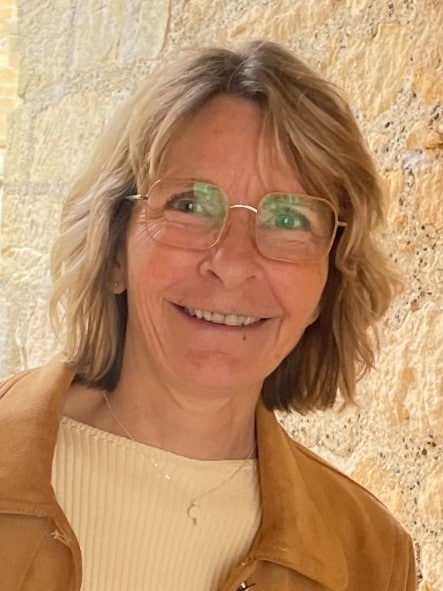
Magen O’Farrell, Archaeologist and Educator
Q: What inspired you to be an archaeologist?
My first visit to the real Lascaux Cave! In fact, I think I may be the only person to have visited Lascaux and its incredible 20,000-year-old paintings and engravings with no previous idea of what it was. I wasn’t even aware that humans had made any kind of art that long ago, much less the stunning masterpieces that glisten and dance before our eyes as if they were made yesterday.
But what moved me most was the surprising and profound sense of oneness I felt with the distant ancestors that made this art — and at the same time, with all humans living today across the globe — reaffirming to me that art is a unique and universal human trait that touches and connects us all, regardless of our nationality, culture, race, politics, religion or philosophy. At that moment, I understood the power of archaeology to reveal and share this invaluable message of human unity, and I knew that this is what I wanted to do.
Q: Tell us about your favorite project.
Among the many fascinating excavations that I’ve worked on, my favorite was at the rock shelter of Nawarla Gabarnmang in the Northern Territory of Australia. There, our Franco-Australian team worked closely with the Jawoyn aboriginal tribe to understand and preserve the stunning art and informative artifacts there, spanning tens of thousands of years — with one of our main goals being to perpetuate this rich and complex history for the tribe and thus instill their youth with pride in their heritage as they navigate modern society.
Q: What National Geographic Expeditions have you been on / are you going to be on?
I currently travel on the Human History: Northern Spain and Southwest France expedition, which I love! Since I’ve lived and worked for 35 years in the southwestern France region we visit on this trip, I adore sharing its incredible prehistoric archaeology and cave art, along with some inside stories… and not to mention the great food! I’ll be in Spain: Walking the Camino de Santiago trip for the first time this September!
Q: What is your favorite part of traveling with others and sharing your insights on an expedition?
Where to begin? Meeting and making new friends, of course! I’m passionate about helping people understand how our deep past can inform us about our present and future. We can learn many valuable lessons from our prehistoric ancestors, such as how to live in greater harmony with our environment.
And then there’s the immense pleasure of witnessing the joy and wonder of the travelers as they discover the incredible cave art, especially when I remind them that they are standing in the very footsteps of the prehistoric artists themselves and feeling many of their same emotions tens of thousands of years later! Many say this is a life-changing experience for them and, for me, that is the cherry on top.
Q: Why (in your opinion) should people consider traveling with an archaeologist?
First, there are so many archaeology myths to bust! And only an archaeologist can do that for you.
As in any field, only an archaeologist can draw you into our research process, thus enabling you to understand what we can and can’t know, and how we know what we know. Sometimes the power of the deep past is in its mystery, stripping away our superficial differences to reveal the underlying traits shared by all humans — in other words, the very essence of humanity! Archaeologists can help you understand how knowing our past can help us to better understand our present and, hopefully, how to make better decisions for our future.
Oh, and then there’s the passion. Archaeologists are very passionate about their work and can bring it to life for you. Oh, and we’re fun, too! There are lots of great stories to tell.
Q: What is your favorite “Indiana Jones” movie?
Honestly, I think I saw only the first one and it was so long ago that I don’t remember many details. Other than that, Indiana is very handsome! There are a lot of archaeology myths in there to bust. But that’s okay! It’s a movie that’s meant to be fun, and fun is always good.
Ready to dress like an archeologist?
There’s no better inspiration than the beloved fictional character Indiana Jones, himself.
Pick your preferred style for exploring with the “Indiana Jones” Vintage Cowhide Leather Jacket or the “Indiana Jones” Cape Buffalo A-2 Leather Jacket by U.S. Wings. The Adventure Bag, also by U.S. Wings, is rugged in style, but big enough to hold your valuables for your upcoming expedition. Finally, top off your finished look with the most classic Indy-inspired accessory of all: an adventure hat. Find your perfect fit with the Belloq, Ravenwood, and Satipo wool hats by Dorfman Milano, among others in the Indiana Jones-inspired collection.
“Indiana Jones and the Dial of Destiny” is coming to theaters on June 30. Ahead of its release, catch up on the classic films now streaming on Disney+.
And for more on National Geographic Expeditions, visit natgeoexpeditions.com.
